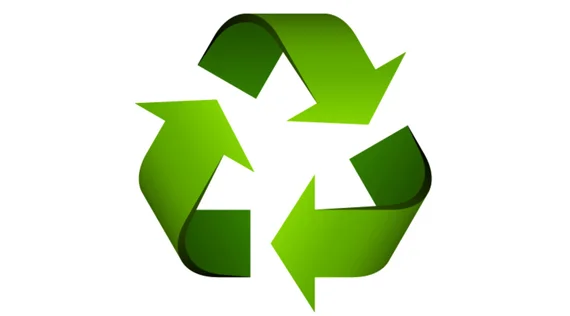
SEATTLE (Waste Advantage): A new report from the U.S. Department of Energy (DOE) outlines recommendations that could increase the recycling and reuse of decommissioned wind energy equipment and materials to create a more circular economy and sustainable supply chain. Among other findings, the research reveals that existing U.S. infrastructure could process 90% of the mass of decommissioned wind turbines. However, the remaining 10% will need new strategies and innovative recycling methods to achieve a more sustainable wind energy industry. This research will help guide over $20 million in investments previously announced from the Bipartisan Infrastructure Law to advance technologies that address this gap.
“The U.S. already has the ability to recycle most wind turbine materials, so achieving a fully sustainable domestic wind energy industry is well within reach,” said Jeff Marootian, principal deputy assistant secretary for the Office of Energy Efficiency and Renewable Energy. “Innovation is key to closing the loop, and this research will help guide national investments and strategies aimed at advancing technologies that can solve the remaining challenges and provide more affordable, equitable, and accessible clean energy options to the American people.”
The Recycling Wind Energy Systems in the United States Part 1: Providing a Baseline for America’s Wind Energy Recycling Infrastructure for Wind Turbines and Systems report provides an assessment of research, development, and demonstration (RD&D) needs and gaps in existing wind energy-related supply chains to support the transition to a more sustainable and circular U.S. wind energy industry.
A team of researchers, led by the National Renewable Energy Laboratory with support from Oak Ridge National Laboratoryand Sandia National Laboratories, developed the report. The first of a suite of reports, this part provides DOE’s Wind Energy Technologies Office (WETO) with short-, medium-, and long-term RD&D priorities along the life cycle of wind energy systems.
The effective reuse and recycling of wind system components, parts, and materials will rely on a combination of measures, including:
Towers, foundations, and steel-based subcomponents in drivetrains offer the greatest potential currently to be successfully recycled, whereas blades, generators, and nacelle covers are likely to prove more difficult. Recovering critical materials and alloying elements from generators and power electronics, such as nickel, cobalt, and zinc, will be crucial in establishing a circular economy for wind systems.
Short-term strategies for decommissioning include promoting blade production using more easily recyclable thermoplastic resins and reusing these resins in cement production. Thermoplastic-based blade recycling technologies, such as pyrolysis and chemical dissolution, could be viable medium- and long-term options. Other medium- and long-term solutions include high-yield techniques for separating compounds found in power electronics and hybrid methods for recycling permanent magnets.
Regional factors—such as material demand, disposal fees, transportation distances, and an available skilled workforce—will play vital roles in ensuring the success and cost-competitiveness of recycling wind energy components.
Courtesy: www.wasteadvantagemag.com



| Copper Scrap View All | |
| Alternator | 0.41 (-0.01) |
| #1 Copper Bare Bright | 4.26 (-0.1) |
| Aluminum Scrap View All | |
| 356 Aluminum Wheels (Clean) | 0.83 (0) |
| 6061 Extrusions | 0.73 (0) |
| Steel Scrap View All | |
| #1 Bundle | 360.00 (0) |
| #1 Busheling | 380.00 (0) |
| Electronics Scrap View All | |